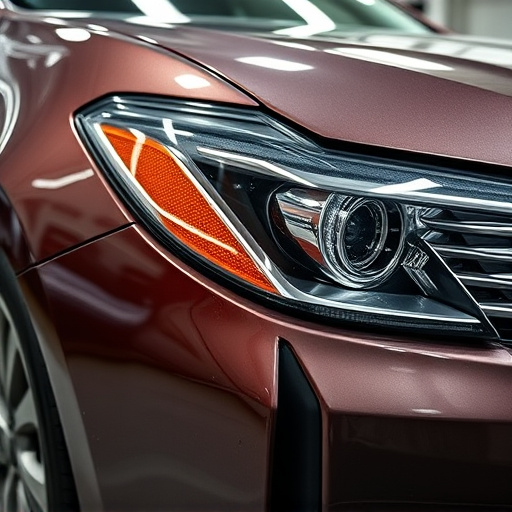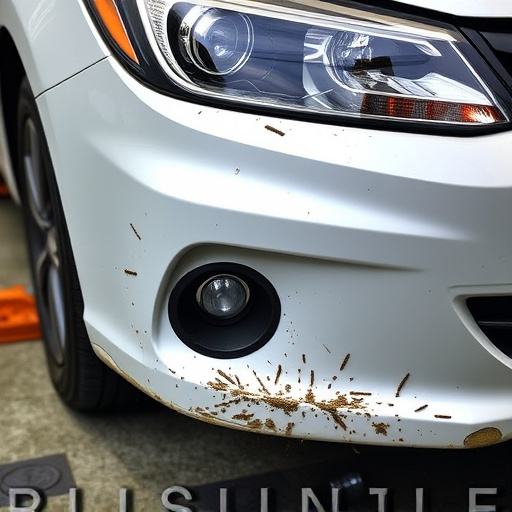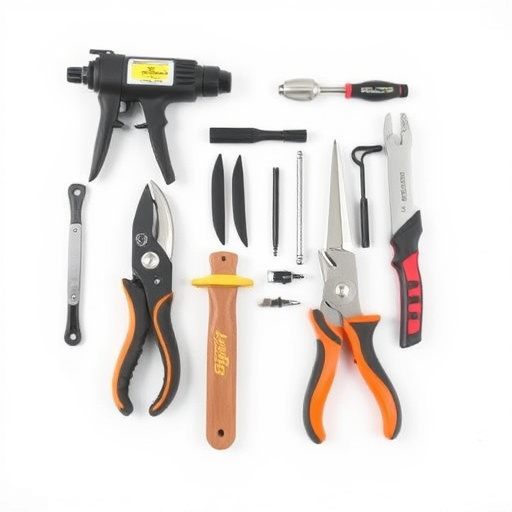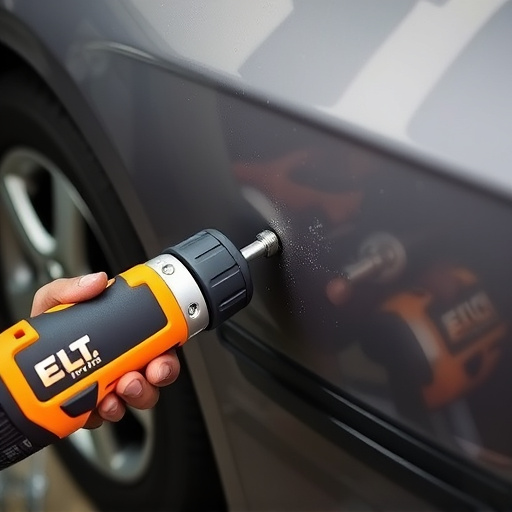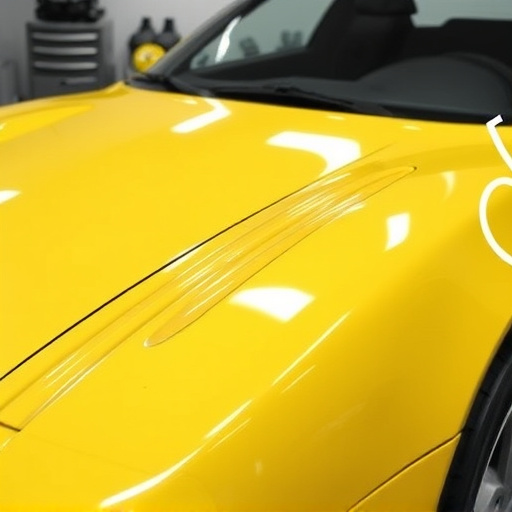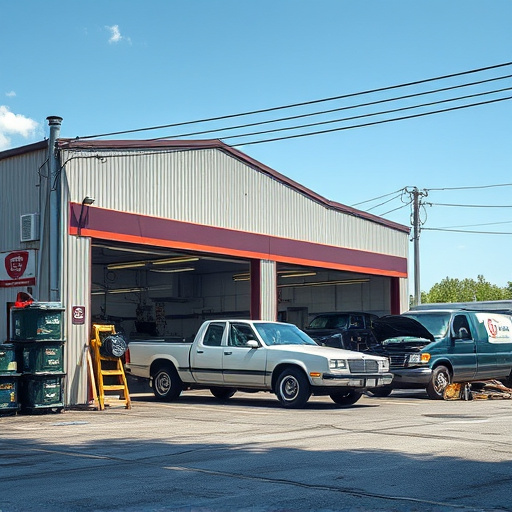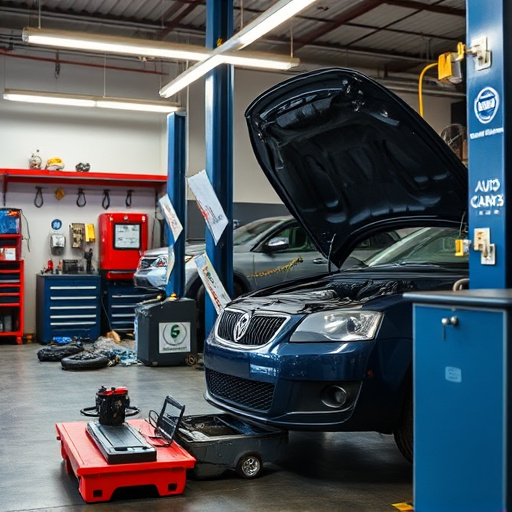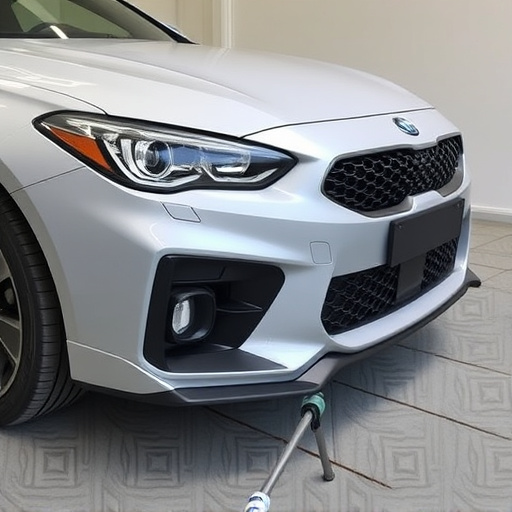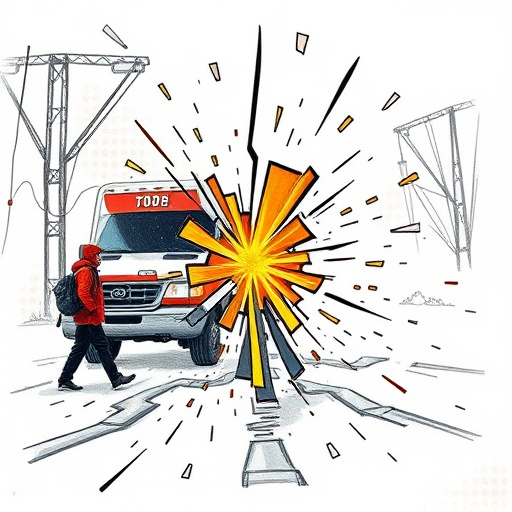Auto body repair pricing is influenced by labor rates, which vary based on vehicle type, repair complexity, and skill level required. Modern and classic vehicles often necessitate specialized tools and expertise, increasing costs. Understanding these factors is crucial for consumers to budget effectively, compare quotes transparently, and make informed decisions when choosing an auto body shop.
Labor costs play a pivotal role in shaping the price of auto body repairs, making it essential for both consumers and industry professionals to understand this dynamic. This article delves into the intricate factors influencing labor rates in auto body repair, exploring how they ultimately impact final pricing structures. From skilled labor shortages to varying regional costs, we uncover the key elements driving up or down the cost of fixing your vehicle’s dents and damages.
- Understanding Labor Rates in Auto Body Repair
- Factors Affecting Labor Cost Calculations
- The Impact on Final Repair Pricing Structure
Understanding Labor Rates in Auto Body Repair

In auto body repair, labor rates play a pivotal role in determining auto body repair pricing. These rates vary significantly depending on several factors, including the complexity of the repair, the size and type of vehicle, and the skill level required to complete the work. For instance, repairing a modern vehicle with advanced safety features and computer systems may necessitate specialized tools and expertise, driving up labor costs. Conversely, classic car restoration projects can be labor-intensive due to their intricate details and limited availability of replacement parts, also reflecting in the final pricing.
Understanding labor rates is crucial for consumers seeking auto body repair or Mercedes Benz collision repair. It allows them to budget effectively and compare quotes from different auto body shops. Moreover, recognizing that these rates are not one-size-fits-all encourages customers to ask questions about specific charges, ensuring transparency and avoiding unexpected fees. This knowledge empowers them to make informed decisions when choosing a shop for their vehicle’s needs, whether it’s a routine repair or a complex restoration job like a classic car transformation.
Factors Affecting Labor Cost Calculations
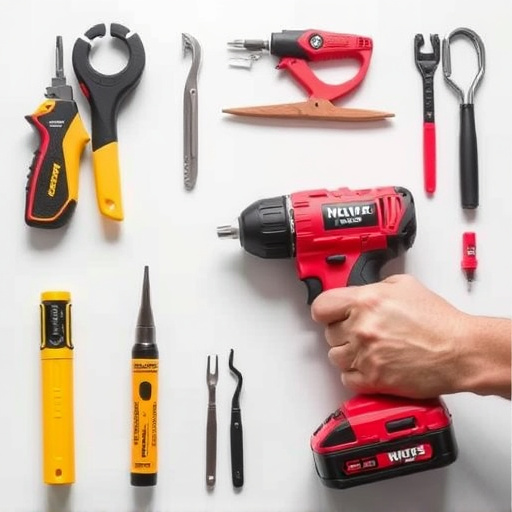
Several intricate factors play a significant role in determining labor costs for auto body repair, which subsequently impact the overall pricing of auto body services. Skilled labor is a primary consideration; the expertise and experience of technicians directly influence the time and resources required to complete repairs. Specialized training and certifications may command higher rates, especially for complex procedures like frame straightening.
Additionally, labor costs are influenced by the size and complexity of the job. Simple tasks such as painting or minor dent repairs require less time and thus have lower associated costs, whereas extensive damage, including structural repairs, can significantly increase labor expenses due to the intricate work involved. Furthermore, factors like shop equipment, technology, and overhead expenses also contribute to labor calculations, ensuring that body shop services reflect a comprehensive cost structure.
The Impact on Final Repair Pricing Structure
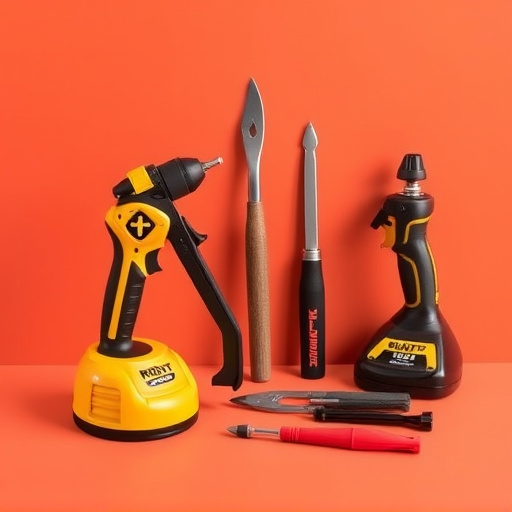
The final repair pricing structure is a direct reflection of the labor costs involved in the restoration process. Skilled technicians and specialized equipment are essential components that significantly impact the overall expense. As such, auto body repair pricing varies based on the complexity of the damage, the time required to fix it, and the expertise needed for each specific task. For instance, a simple dent removal might be quicker and less labor-intensive, resulting in a lower price point, while extensive collision damage will necessitate more intricate work, thus increasing costs.
When comparing auto repair near me options or considering body shop services at a local collision center, understanding these labor dynamics is key. Customers should inquire about the pricing structure to ensure transparency and avoid unexpected charges. This knowledge empowers them to make informed decisions, knowing that every dollar spent contributes to the intricate process of restoring vehicles to their pre-accident condition.
Labor costs play a pivotal role in determining auto body repair pricing, with various factors influencing these rates. By understanding the calculations and their impact, customers can make informed decisions and automotive businesses can strategically set prices. These insights highlight the intricate relationship between labor and final repair costs, emphasizing the need for transparency in auto body repair pricing structures.

